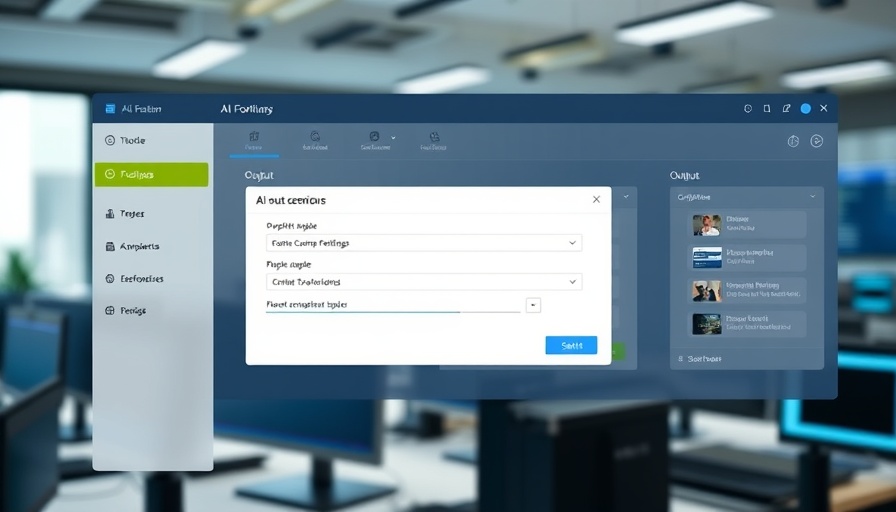
Unleashing the Power of Automation with Amazon Bedrock and Zapier
In today’s fast-paced digital landscape, the ability to automate tasks effectively not only streamlines workflows but enhances productivity and response times. With the evolving capabilities of artificial intelligence, tools like Amazon Bedrock, a managed AI service from AWS, paired with automation platforms like Zapier, are becoming indispensable for marketing professionals looking to improve operational efficiency.
Why Choose Amazon Bedrock for AI Automation?
Amazon Bedrock simplifies the complexities associated with developing advanced AI applications. Traditionally, deploying AI meant managing GPU servers and complex data workflows. However, Bedrock allows users direct access to foundational models like Claude from Anthropic and Llama from Meta without getting bogged down in infrastructure management.
Transforming Marketing Workflows Through Automation
Integrating Amazon Bedrock with Zapier transforms how marketing teams interact with customers and process information. Here are four innovative ways to harness this powerful duo:
1. Automate Customer Message Summarization
High-volume support teams often struggle with triaging customer interactions efficiently. With Amazon Bedrock’s Converse action integrated into Zapier, teams can automatically summarize and categorize customer interactions from various channels like email and chat. This not only speeds up response times but also minimizes the cognitive load on team members, allowing them to focus on more complex issues.
2. Dynamic Content Drafting and Repurposing
Marketing professionals can leverage Amazon Bedrock's AI capabilities to draft and repurpose content swiftly. By automating the content creation process, teams can maintain a consistent flow of fresh material tailored to various platforms, enhancing engagement and outreach.
3. Efficient Data Extraction from Unstructured Inputs
Extracting structured data from unstructured sources such as customer feedback or social media can be daunting. Through Zapier’s automation with Bedrock, marketing teams can streamline data-processing tasks, accurately categorizing customer sentiments and actionable insights drawn from extensive interactions.
4. Knowledge Base Answers with Citations
Providing swift and accurate answers to customer queries is crucial for client satisfaction. Integrating Bedrock allows marketing professionals to automate responses sourced from existing knowledge bases, including citations that lend credibility and context to the information delivered. Customers receive timely support without tying up agent resources.
Shaping the Future of Marketing Automation
The synergy of Amazon Bedrock and Zapier represents a significant leap toward achieving more efficient marketing operations. By refining how businesses interact with data and customers through advanced AI integrations, marketing teams can allocate resources more effectively and enhance overall service delivery.
Final Thoughts
As automation continues to redefine the marketing landscape, embracing tools like Amazon Bedrock and Zapier is essential for any marketing professional aiming to stay ahead. By innovating workflows now, you can create a future-proof strategy that not only meets client expectations but surpasses them.
 Add Row
Add Row  Add
Add 




Write A Comment